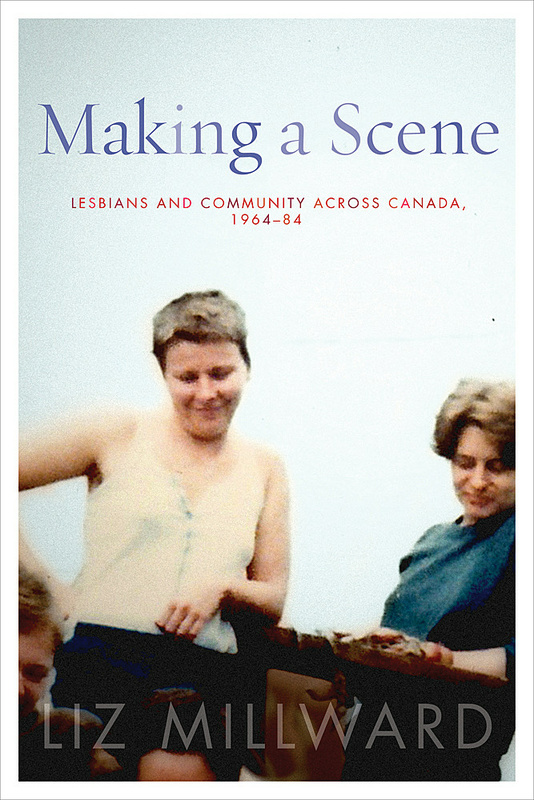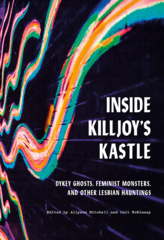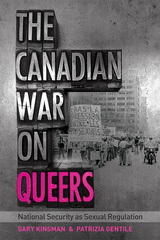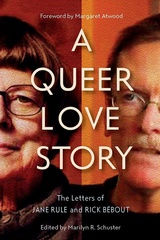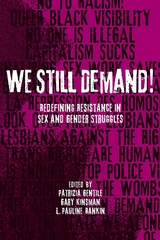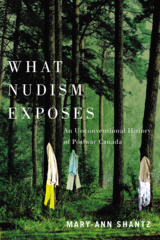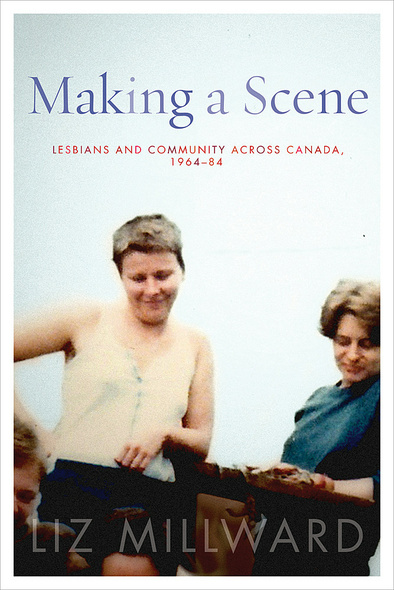
Making a Scene
Lesbians and Community across Canada, 1964-84
Starting in the mid-1960s, Canadian lesbians started leaving their closets en masse to find each other and build community. After decades of having their sexuality pathologized, disparaged, or erased from public view, these young women were ready to make a scene – both by bringing attention to themselves in order to challenge prevailing stereotypes and by creating physical spaces and opportunities for lesbians to get together.
Making a Scene documents the lesbian movement that developed in Canada between 1964 and 1984. Not just a story of big-city life, it chronicles the spaces lesbians created across rural and urban Canada, from physical locations – such as lesbian and gay centres, drop-ins at women’s centres, communal houses, bookstores, bars, cafés, and private members’ clubs – to the ephemeral sites women travelled to in order to meet each other – such as conferences, workshops, festivals, and Dykes in the Streets marches.
Enriched by interviews and a wealth of primary sources, including diaries, letters, newsletters, reports, and minutes, Making a Scene brings to life the exuberance of these young women and the challenges they faced during this transformational period in Canadian history. It consolidates existing work, introduces new research and insights, and is bound to inspire future studies of lesbian geographies.Scholars and students of gender and sexuality studies, women’s studies, cultural geography, and critical geography will welcome this book, as will anyone interested in lesbian and women’s history.
This well-researched study of twenty formative years of lesbian community-building in Canada covers a lot of ground … Millward has captured the flavor of an era by combining data from previous studies with eyewitness accounts and black-and-white photos from private collections. She proposes a symbiotic relationship between self-defined lesbians and their ‘scene’ or social milieu: a lesbian identity requires a social context, and vice versa.
Liz Millward’s thesis is at once simple and highly original: the lesbian ‘scene’ was created by movement, the movement of lesbians toward each other … This book is also a rare example of a lesbian historical geography at the national scale. It will appeal to a wide array of readers in gender and sexuality studies and others interested in LGBTQ histories.
This book pushes forward new insights and opens up new understandings of lesbian geographies. It offers fresh perspectives on how spaces and places were constructed and utilized, making a vital new contribution to scholarship. It will serve as a catalyst, inspiring scholars in other countries to think geographically about lesbian lives and communities.
Introduction
Part 1: Creating Places
1 “The Lesbian, Drinking, Is Never at Her Best”: Beer Parlours, Taverns, and Bars
2 “No Drugs, No Straights”: Members-Only Clubs
3 “Let’s Decide What We Are – A Drop-In or a Café with Entertainment”: Buildings
Part 2: Overcoming Geography
4 “It Was an Incredible Conference”: Getting Together
5 “An Event That Is Talked About as Far Away as Toronto”: Claiming Public Space
6 “Be Daring – Live the Unbelievable and Challenging Life of a Rural Lesbian!”: Outside the Big City
Conclusion
Notes
Bibliography
Index

